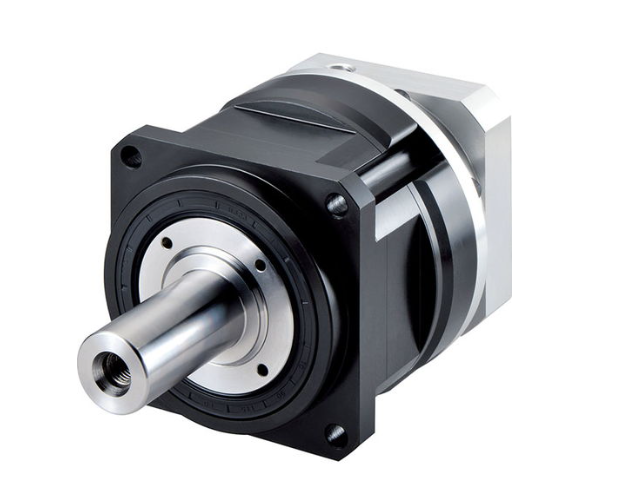
Reducers, utilized as independent transmission components, play a crucial role in reducing rotational speed, transmitting power, and increasing torque. Positioned between the prime mover and the working machine, reducers constitute a closed transmission device designed to meet specific operational requirements. In some instances, they are also employed for speed increase, referred to as speed increasers. The selection of a reducer should consider factors such as the operating conditions of the working machine, technical parameters, the performance of the prime mover, and economic considerations. A thorough comparison of different types and varieties of reducers should be conducted, evaluating their dimensions, transmission efficiency, load-carrying capacity, quality, and price to choose the most suitable one.
Basic Construction of Reducers
Reducers consist of three main components: transmission elements (gears or worm gears), shafts, bearings, the casing, and related accessories.
1. Gear, Shaft, and Bearing Assembly
The gear and shaft can be integrated into one component, known as the gear shaft, when the diameter of the gear is not significantly different from the shaft diameter. This structure is suitable when the gear's root circle diameter (df) is such that df-d ≤ 6-7mn. When df-d > 6-7mn, a separated structure is employed, as seen in the case of a low-speed shaft and a large gear. In this scenario, gears and shafts are connected using key joints, and shaft components are fixed axially using shoulder, sleeve, and bearing covers. The bearing system often utilizes deep groove ball bearings, and for axial loads, combinations of angular contact ball bearings, tapered roller bearings, or a mix of deep groove ball bearings and thrust bearings are employed. Lubrication is achieved through oil splashed by the rotating gears, and in cases where the circumferential velocity of the gear (υ) is ≤ 2m/s, grease lubrication may be preferred.
2. Casing
The casing is a critical component of reducers, serving as the base for the transmission elements and requiring sufficient strength and rigidity. Typically manufactured using gray cast iron, it ensures the stability and robustness of the reducer. For heavy-duty applications or those involving impact loads, steel casings may be considered. In some cases, cost-effective reducers may employ welded steel casings. The horizontal split design along the axis facilitates the installation and removal of shaft components. The upper casing and lower casing are bolted together, providing a secure housing for the transmission elements. Supporting ribs near bearing holes enhance the casing's rigidity.
3. Reducer Accessories
Several accessories contribute to the efficient operation and maintenance of reducers:
Inspection Hole: Positioned at suitable locations for observing gear engagement, this hole also allows lubrication oil injection into the casing. The inspection hole is covered by a plate secured with screws during regular operation.
Breather: Mounted on the top of the casing, it enables the release of expanding air due to increased temperature, preventing oil leakage and maintaining pressure balance.
Bearing Cover: Sealing the ends of the bearing housing, it supports axial loads. Depending on the design, bearing covers may be flange-type or embedded.
Locating Pin: Essential for maintaining the precision of bearing holes during assembly and disassembly, locating pins are installed on the flange connecting the casing and gearbox.
Oil Level Indicator: Positioned for easy observation of the oil level in the casing, it ensures an adequate supply of oil.
Drain Plug: Located at the lowest point of the casing, it serves as an outlet for draining used oil during oil changes and maintenance.
Starting Screw: To enhance sealing effectiveness, a starting screw can be incorporated into the casing. This screw aids in separating the casing during disassembly.
Basic Classification of Reducers
Reducers are classified into two main categories based on their purpose: general-purpose reducers and specialized reducers. The design, manufacturing, and usage characteristics of these two types differ significantly. The late 20th century witnessed substantial developments in reducer technology, aligning with advancements in new technological revolutions. The main types of reducers include gear reducers, worm gear reducers, gear-worm reducers, and planetary gear reducers.
 English
English Deutsch
Deutsch Русский
Русский Español
Español
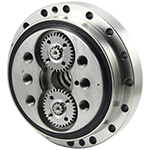
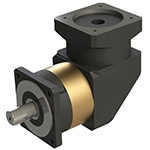
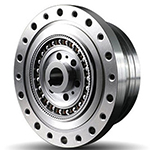
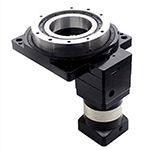
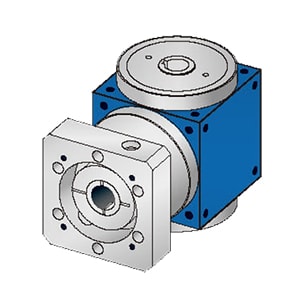
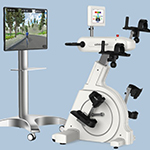
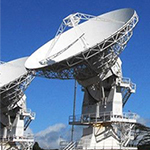
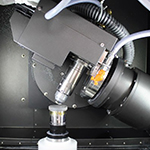
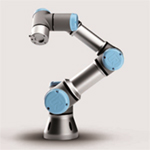
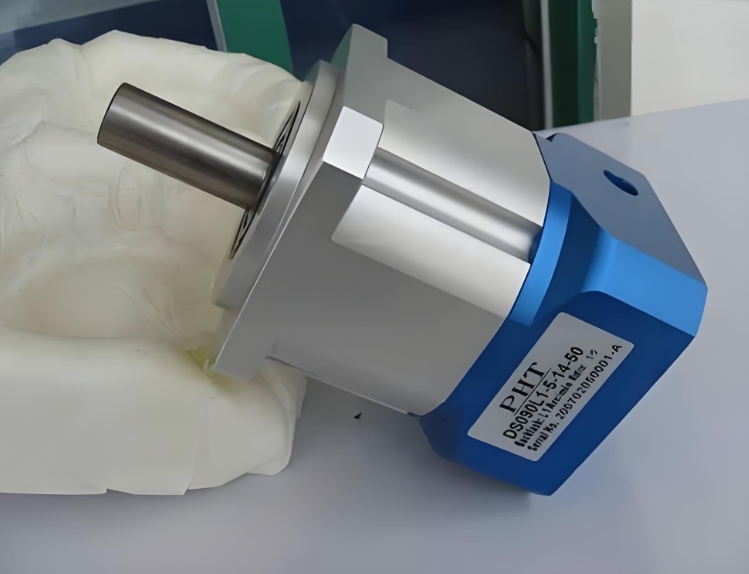
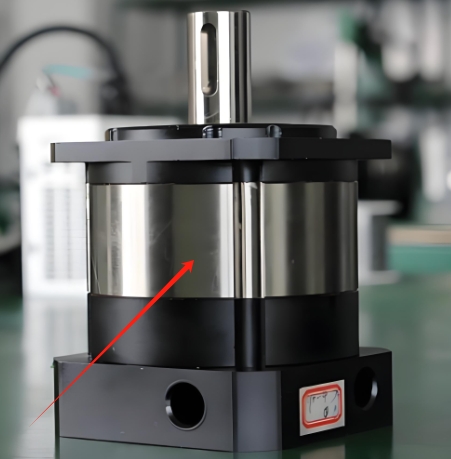
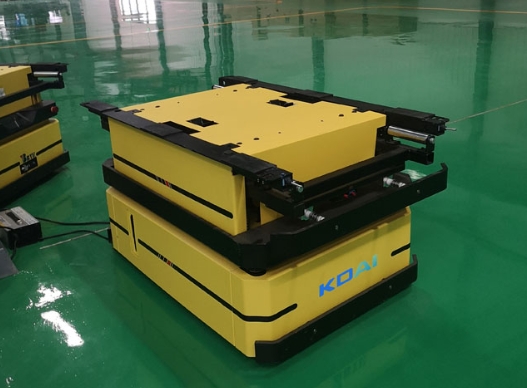
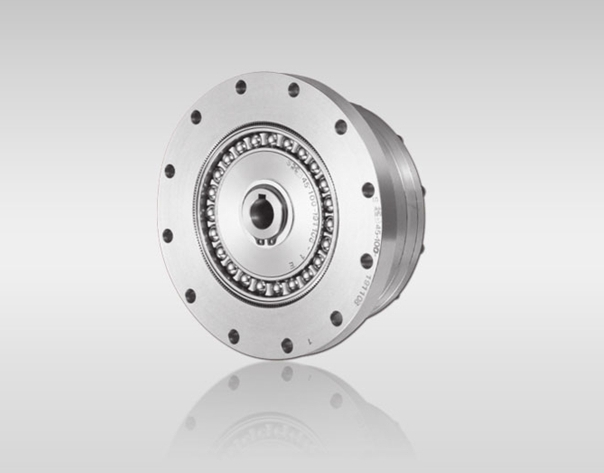
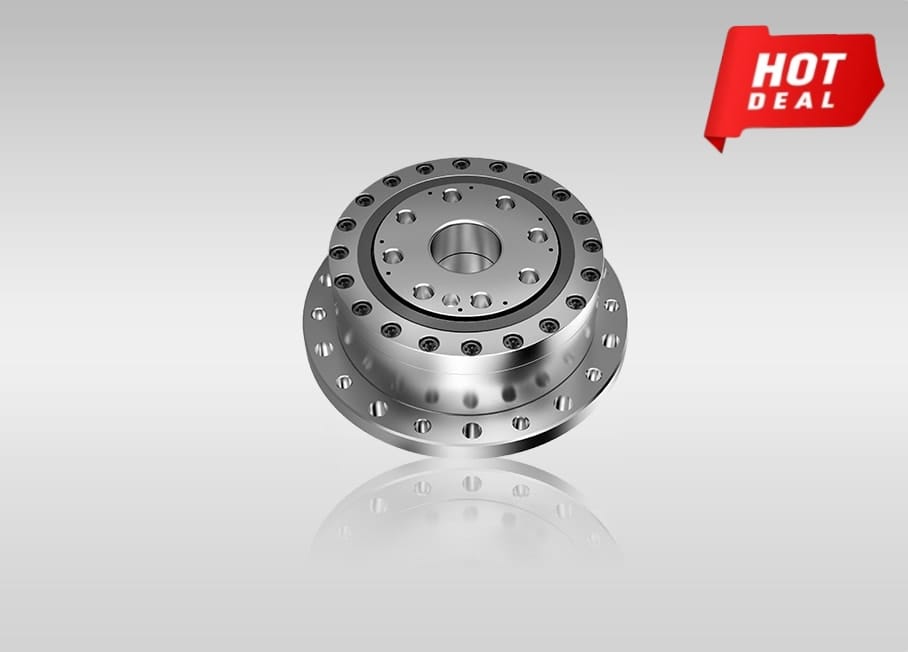
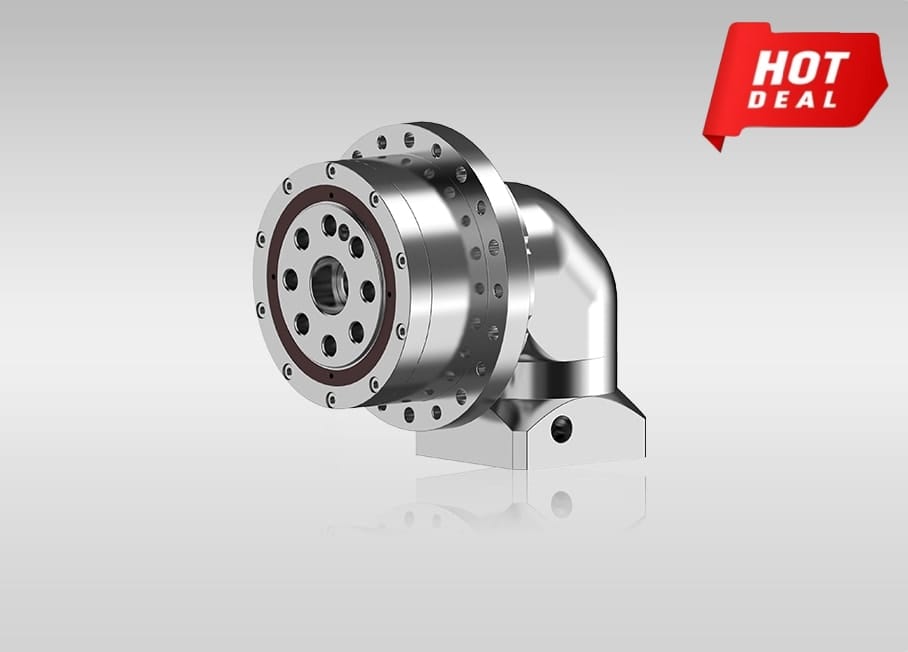
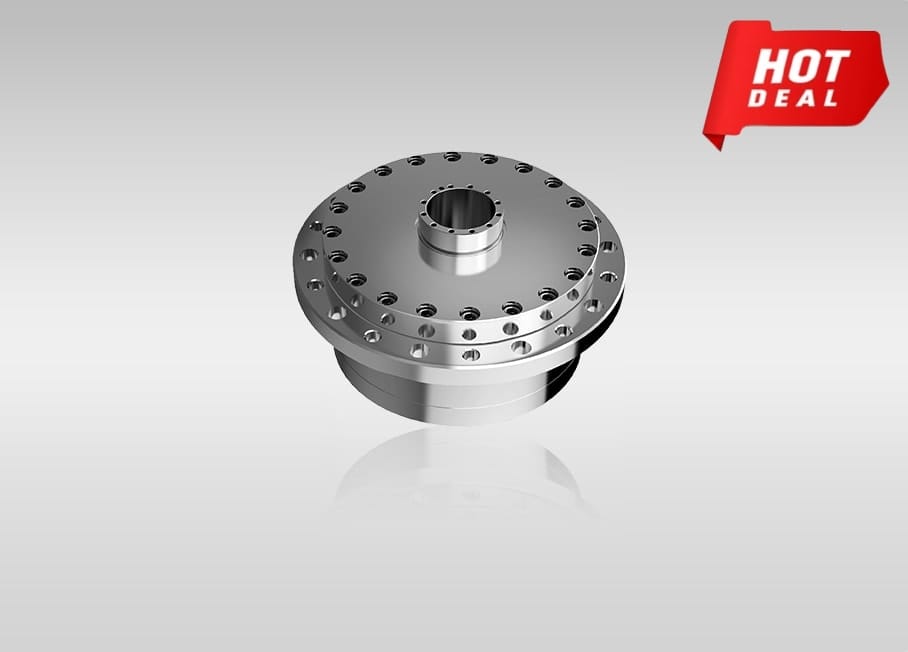
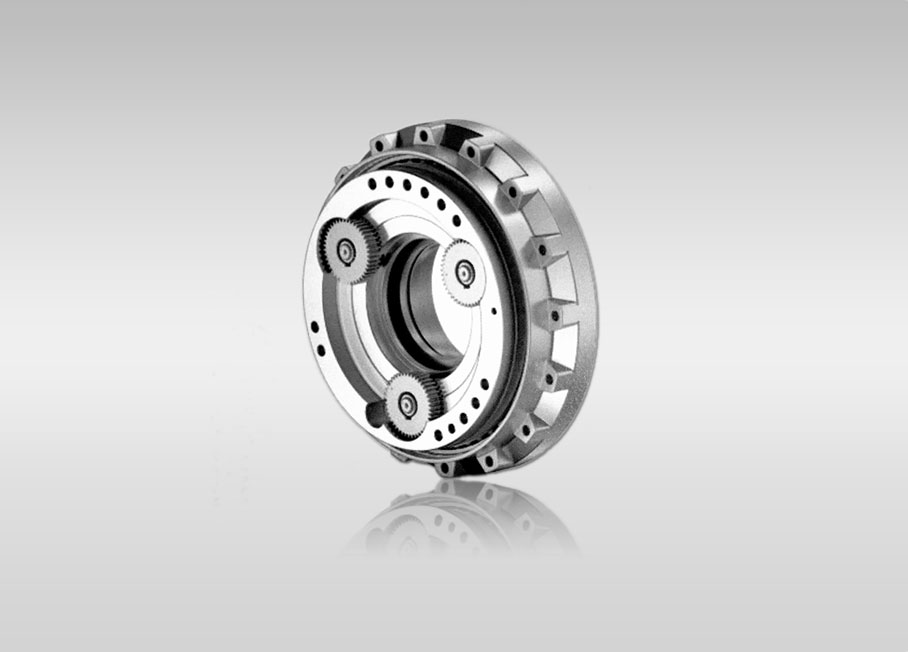
Quote Now